IndieWire invited the cinematographers from the Oscar-nominated films to choose and analyze a pivotal scene that best showcases their craft. Here are the four who were able to participate: Lol Crawley (“The Brutalist”), Greig Fraser (“Dune: Part Two”), Paul Guilhaume (“Emilia Pérez”), and Ed Lachman (“Maria”).
For Brady Corbet’s “The Brutalist,” Crawley resurrected VistaVision, the higher resolution, wide-screen variant of 35mm popularized in the ’50s (“Vertigo”). The strategy worked visually and thematically for a maximalist approach to this post-war immigrant drama about Holocaust survivor and visionary architect László Tóth (Best Actor nominee Adrien Brody). It brilliantly showed off the Brutalist style of Tóth’s work as an expression of his post-war trauma, with its massive blocks of concrete and steel. Additionally, the format provided a wider field of view of the compositions.


“Dune” Oscar winner Fraser returns with “Dune: Part Two,” Denis Villeneuve’s more lavish, action-packed sequel, in which Paul (Timothée Chalamet) leads the nomadic Fremen in battle on Arrakis as a prelude to their holy war. This time, the large-format film was presented entirely in the expanded IMAX aspect ratio with the Alexa mini LF and Alexa 65 digital cameras using spherical lenses. Fraser broadened the color palette for Arrakis as they took a deeper dive into the Fremen culture and additionally came up with distinctive looks for the other planets as well.
“Emilia Pérez,” the musical crime thriller from Jacques Audiard, operates like an operatic fever dream for disgruntled lawyer Rita (Oscar-nominated Zoe Saldaña), who’s fed up with the political corruption in Mexico, and trans cartel kingpin Manitas Del Monte/Emilia (Oscar-nominated Karla Sofía Gascón), who hires her to help with gender confirmation surgery. Set in Mexico City but shot in Paris by cinematographer Guillaume, the gaudy, neon-lit style of the musical numbers is combined with the rough naturalism of the crime world.
“Maria,” Pablo Larraín’s biographically-inspired drama about opera singer Maria Callas (Angelina Jolie), takes place during the last week of her life and continues the director’s cycle of psychological portraits (“Jackie,” “Spencer”). Lachman, who won the ASC Award last weekend for the first time, shot on Kodak film as a tour de force in multiple formats: 35mm for the present, 16mm for her imagination during a documentary shoot, 35mm black-and-white for her memories, and Super 8 in the style of a home movie to convey how photographed she was during her lifetime.
‘The Brutalist’ (László Tóth’s New York Arrival)
 ‘The Brutalist’A24
‘The Brutalist’A24“The second scene of The Brutalist introduces Adrien Brody’s character, László Tóth, a post-war Jewish architect, as he arrives by ship to seek a new life in America. He navigates his way through the confused throng of immigrants as they collectively push toward the daylight above. The final moments of the scene witness László Tóth ascending the decks of the ship, liberating himself from his past life and joyously embracing his new future as the Statue of Liberty looms above them,” Crawley said.
“Director Brady Corbet wanted the beginning of this scene to start with a disorientated László in near darkness, reminiscent of his confinement in the concentration camps at Buchenwald. This proved challenging, as I had to light enough to see the back-lit figures in the darkness but also keep the ambient light level low enough to deny seeing the interior space of the ship. To help convey the late 1940s period, I underexposed the stock and push-processed to both increase the grain and introduce colors into the shadows, creating a more pictorialist and painterly aesthetic. As the scene progressed, I increased the introduction of daylight throughout until we reached the upper deck of the ship, now choosing to over expose the exterior images to echo László’s eyes adjusting to the daylight.
“I chose to operate this scene with a 35mm hand-held film camera to feel intimately connected to Adrien’s performance and to be free to respond immediately to the rhythms of each take. I combined this with a wide-open lens aperture to create a shallow depth of field denying the audience seeing clearly the other immigrants or immediate environment. The final moments of the scene reveal tumbling images of the Statue of Liberty shot on large format 35mm VistaVision, possibly denying László the certainty that America has promised him.”
‘Dune: Part Two’ (Introducing Feyd in the Gladiator Arena)
 ‘Dune: Part Two’Courtesy of Warner Bros. Picture
‘Dune: Part Two’Courtesy of Warner Bros. Picture“I’m choosing the scene introducing Feyd [Austin Butler] in the gladiator arena, in front of his uncle Baron Harkonnen [Stellan Skarsgård] and thousands of adoring fans. It was very important to Denis that the exterior of Gedi Prime had a very different feel from Arrakis. His brilliant initial idea was that the sun in Gedi Prime doesn’t emit the same color waves that it does on Arrakis, thus helping propel the story forward about why the Harkonnen look the way they do: very pale, hairless, et cetera. It was almost like it emits an ‘anti-light,’ as is exhibited in the corridor scene later where the fireworks feel like they work in a negative,” Fraser said.
“Denis talked to me initially about this being black-and-white, and we both agreed that whilst black-and-white is appropriate for the story, it could potentially look a little bit like older movies, so I asked him to give me a couple of days to test a technique that I’ve been playing with for the last decade — actually, since my days as a student photographer in Melbourne, and then subsequently on ‘Zero Dark Thirty.’ The idea was to harness a spectrum of light that film cameras and digital cameras are designed not to see. That spectrum is infrared. We’ve all seen infrared security cameras and infrared lights that glow that very faint red light, but what we may not know is that when we’re outside on a sunny day, we are surrounded by infrared. Our eyes have not evolved well enough to be able to see that spectrum of light, despite some animals being able to see it.
“The benefit of us being able to shoot with our normal cameras but modify them to be able to see only infrared (and no visible light) is it gives a dream-like but incredibly harsh quality to these characters, who already, from a design perspective, are unusual and abnormal. Ultimately, we were able to get some incredibly unexpected results, with skin tone becoming almost translucent. There is an introduction of the Bene Gesserit sisters in their viewing box where they start walking from artificial light; they’re in black robes, but as they transition into the sunlight, their costumes go white. This unexpected result is what occurred in our early tests with Feyd, so the costume department needed to backtrack and make sure that all of their materials were giving the desired tones.
“I must admit Denis and I did definitely ask ourselves, ‘Is this something we were certain we wanted?’ Because there was no going back from this technique once we committed. It’s one thing to shoot black-and-white, but it is another thing entirely to shoot your introduction of a key character in your story in a way that has not been done before ever in film. We both agreed that, emotionally, it was 100 percent correct and that we were both blown away by the tests. Therefore, any doubt or insecurity that we had that this was potentially not the correct way to introduce Feyd was very quickly put by the wayside.”
‘Emilia Pérez’ (The Final Gunfight)
 ‘Emilia Perez’Netflix
‘Emilia Perez’Netflix“At the end of the film, Rita mounts an operation to free Emilia. The three-car convoy rides in the moonlight, then splits. Rita’s car goes to the meeting point — an abandoned restaurant — with the ransom, and the group of fighters hides behind a hill with a good view of the action. There is a crosscutting with the inside of the restaurant: Emilia sings the truth to Jessi [Manitas’ “widow,” played by Selena Gomez], the situation outside starts to degenerate, and a gunfight begins. It ends in a car chase,” Guillaume said.
“One of the difficulties for the mise-en-scène and the cinematography was to bring continuity to this long scene, which would be shot using various techniques: blue screens for the close-ups on the vehicles, real night exterior in a quarry around Paris for the restaurant exteriors, full 3D for the wide shots of the convoy, and a studio set for the restaurant’s interior. As opposed to the beginning of the film, where the night is mainly lit with practicals, here the moonlight quickly becomes the only source that motivates the lighting.
“Outside, it was created with a 30-foot by 30-foot light structure hanging on a 200-foot crane. Inside the restaurant, it was a bit trickier. I remember talking with Jacques about what would be the lighting motivation for when Jessi switches off the fluorescent lights hanging from the ceiling: ‘After that the light should come from nowhere,’ he said. It is hard to say what is a light coming from nowhere. We opted for a semi-transparent ceiling in that restaurant. When the practicals are off, a dozen Skypanels S60 distribute a very even light, only reinforced with a very low-intensity china ball, boomed near the actress’ face.”
‘Maria’ (The ‘Medea’ Opera)
 ‘Maria’Courtesy of Netflix
‘Maria’Courtesy of Netflix“I picked the scene of the opera ‘Medea’ because of the way Pablo used the operas as counterpoints to her life by telling her own story. The film, for me, became an opera about Maria Callas, without just being a film biography of one of the greatest coloratura singers of opera of all time,” Lachman said.
“Pablo has always expressed that opera and cinema, in many ways, have similarities. So, for me, I was interested in how an audience in a theater experiences an opera. We used the camera as a moving proscenium or stage, with wider lenses moving with Maria or her point of view as it would be experienced by someone seated in a theater engaged in a performance. The other aspect would be a sense of a heightened reality, using color and contrast, as operas are not seen as representational or a form of naturalism, but the importance of an emotional journey.
“Maria Callas’ life in many ways became the sum of the tragedies she played on the stage. We see her in her apartment in Paris, listening to a record of her performance alone at night. She’s reflecting on her former stature that she has lost. The scene at night is intercut with her performance when she was at the height of her success.
“The use of color is another way of expressing her emotional state, and painters have always known this. Her apartment is a refuge; a warm sanctuary, and by using an element of verdant green from the exterior window, it cuts with a friction to her emotional state.
“Maria is entrapped and betrayed by what she desired most in her life. The affirmation in love from her audience that she never was able to obtain in her personal life. The scene from ‘Medea’ that we see her listening to and performing on the stage is a scene of revenge for the betrayal of her that mirrors Maria Callas’ life.”
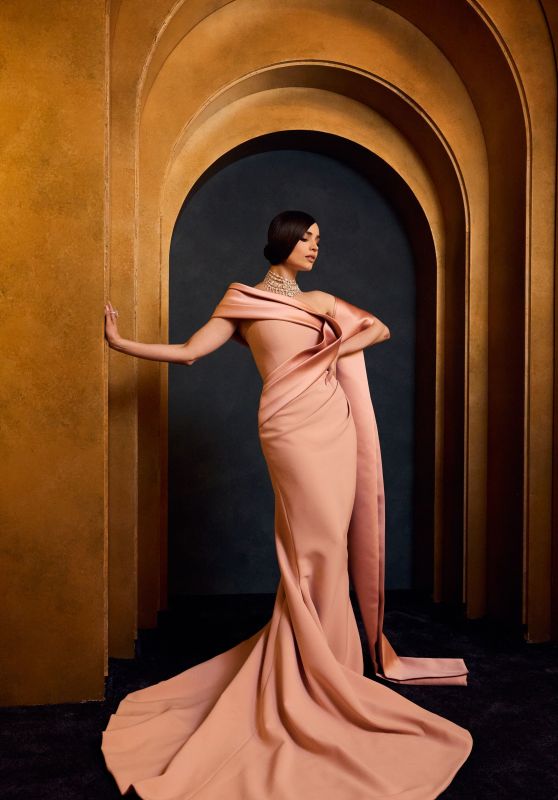
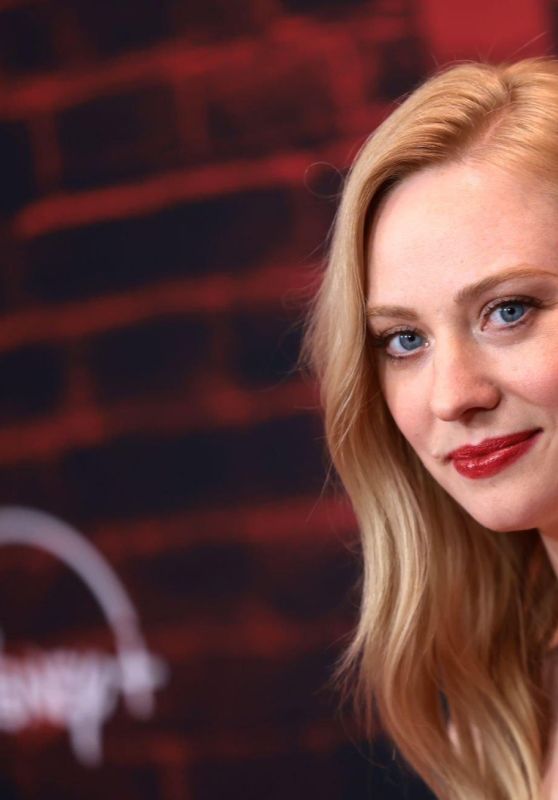

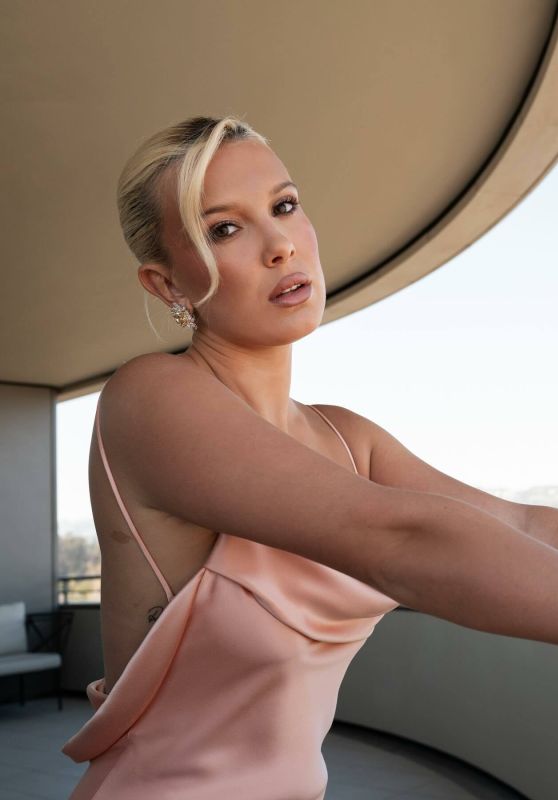
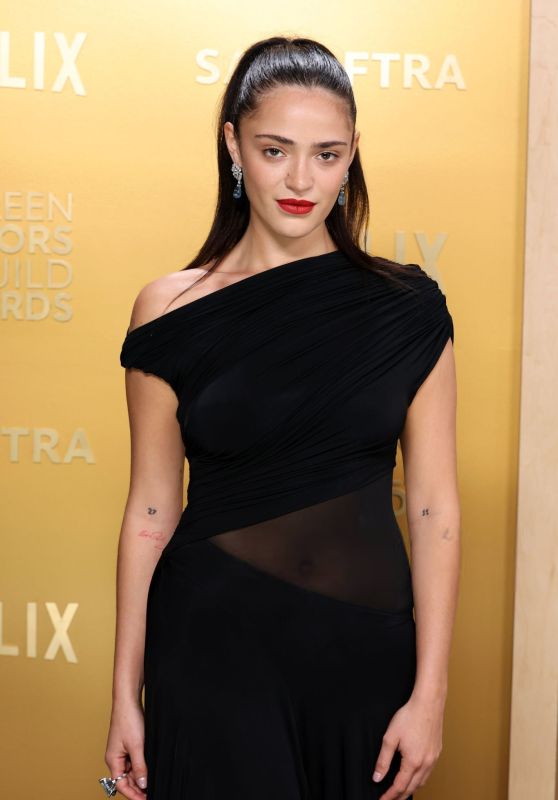






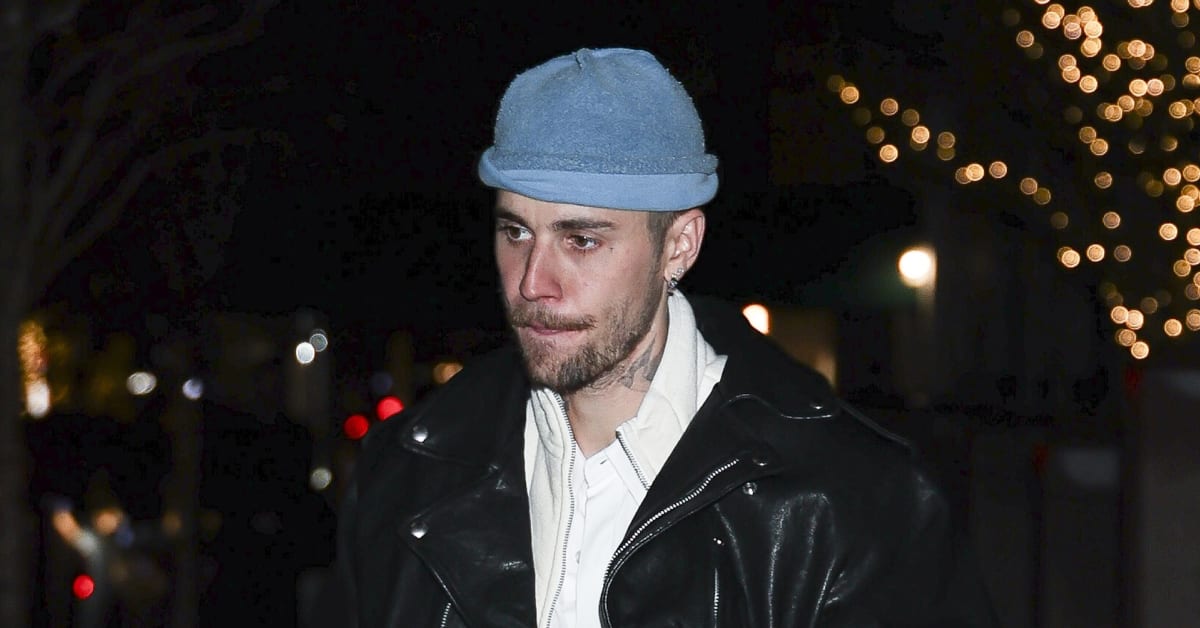
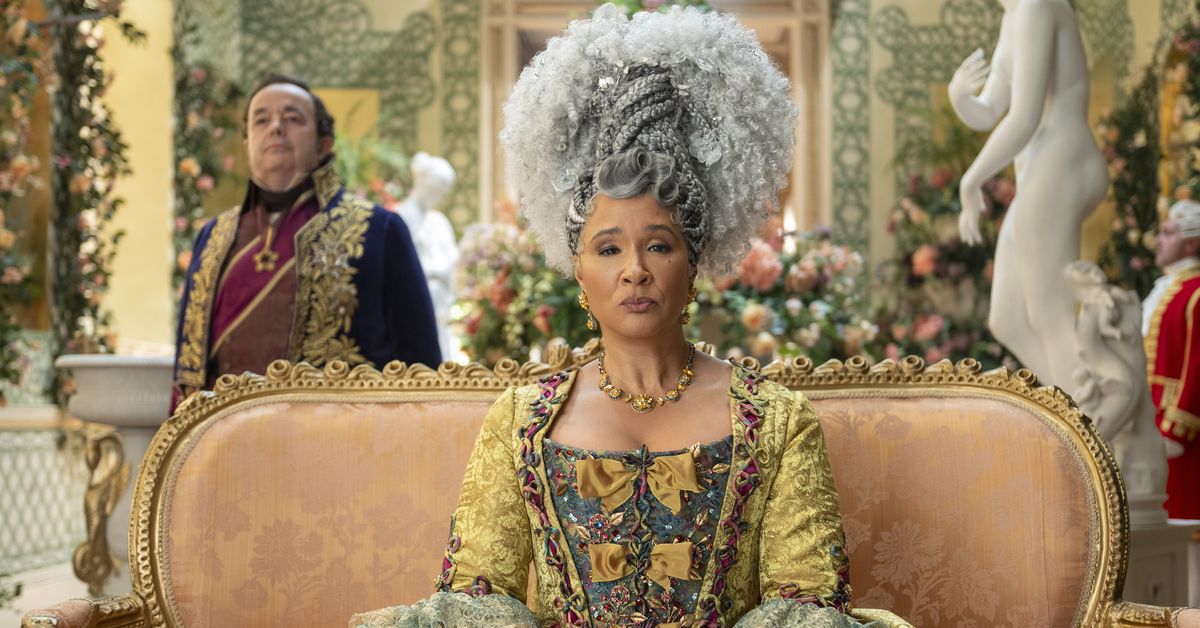



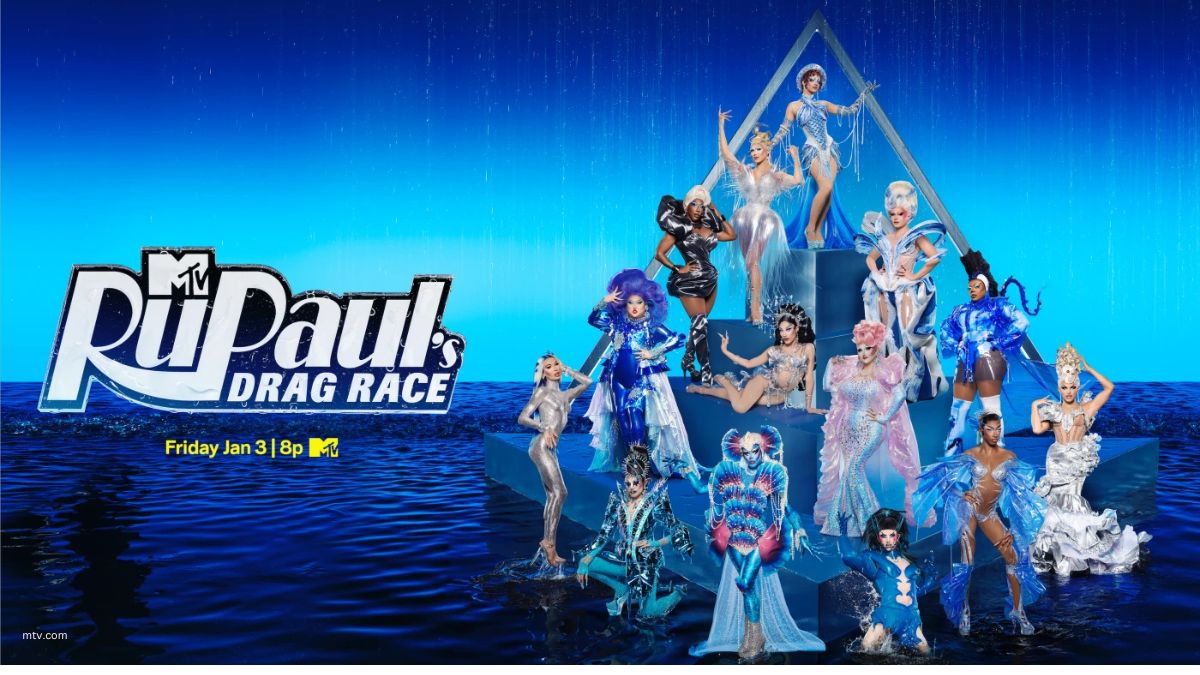
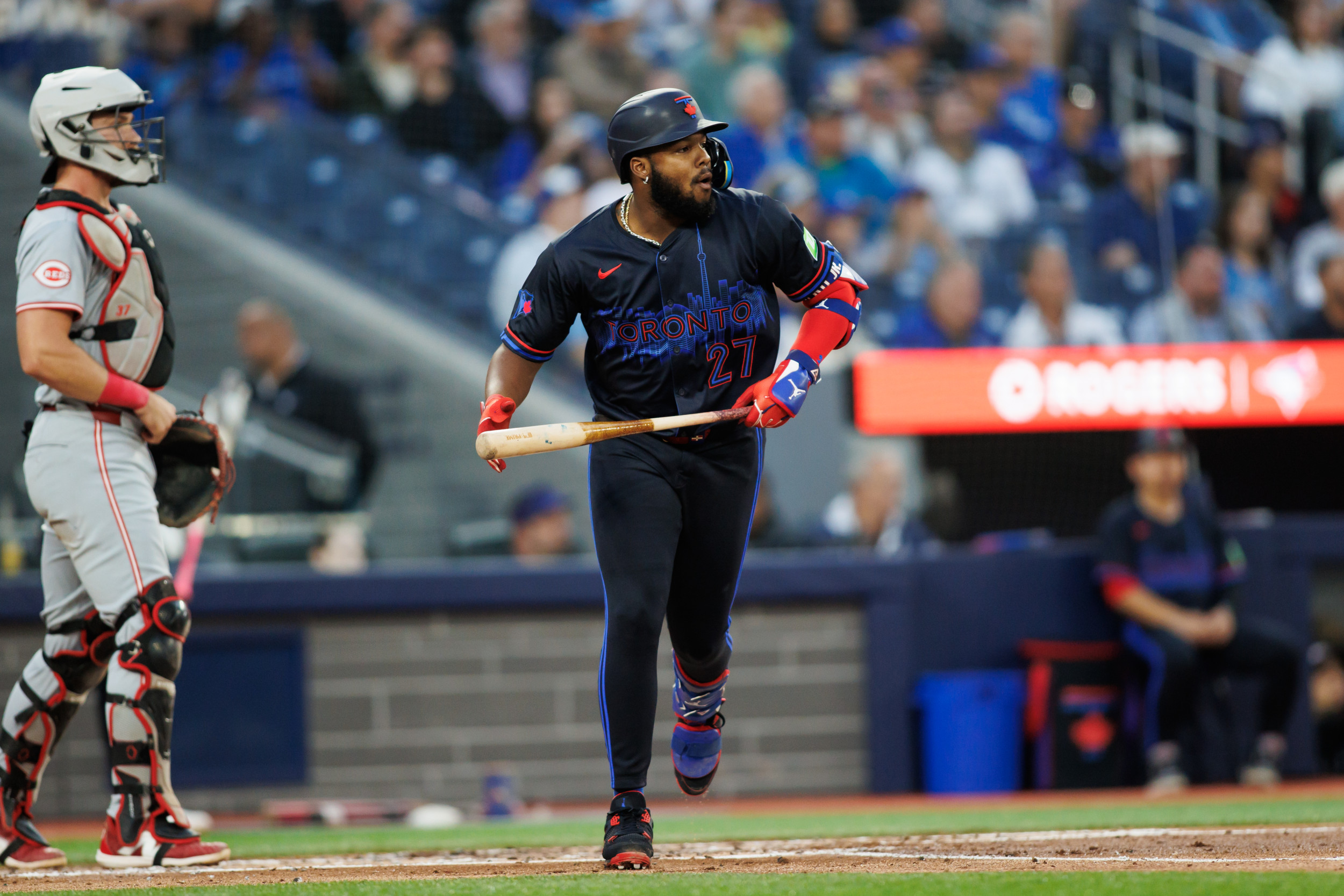


 English (US) ·
English (US) ·